As we mark World Oceans Day today, somewhere in Indonesia’s scenic coastal village of Pegagan on Madura Island, fishers such as Adaifah continue to work in one of the country’s largest blue swimming crab fishing areas. With an eye of a librarian, she measures the width of each blue swimming crab and scans through the daily catch for any signs of eggs.
Adaifah’s important work to sustain Indonesia’s seafood supply has come under the microscope through this year’s World Oceans Day theme, “The Ocean: Life and Livelihoods”. Amid the mountain of blue swimming crabs, Adaifah must ensure that each crab meets the strict standards in the 2020 regulations issued by the Maritime Affairs and Fisheries Ministry. Small-sized crabs less than 10 cm in length and female crab bearing eggs, for example, are a big no-no to the industry.
Much is at stake for Indonesia to assert its global role in sustaining the oceans. With over 60 percent of Indonesia’s territory covered by water, fisheries are a vital livelihood in the country, employing 12 million people with small scale fisheries making up approximately 95 percent of the fishing sector.
The steady growth of the country’s economy also added the importance of this cause. Before the COVID-19 pandemic, Indonesia had expanded at an average growth of around 5 percent annually, giving rise to a highly consumptive middle class. These numbers imply that we must conserve ocean and adopt seafood stock sustainability, a core objective of the Sustainable Development Goals (SDGs) for Goal 14, Life Below Water.
According to the UN Food and Agriculture Organization, a key indicator to measure the SDG 14 progress is the proportion of fish stocks that are within biologically sustainable levels. This can help estimate the sustainability of the world’s marine capture fisheries.
But latest figures as of 2017 show that a third of global fish stocks are being harvested at biologically unsustainable levels. These challenges call for a balancing act that requires collaborative efforts from the fishing communities, the government, the private sector, consumer groups and policy makers. Key to bolstering the marine conservation and improved fisheries therefore rests on two main pillars: greater sustainability and transparency practices, and stronger trans-boundaries collaboration among the littoral nations.
And there is some good news in Indonesia.
Earlier this year, skipjack and yellowfin tuna of Western and Central Pacific archipelagic waters—caught via pole-and-line and handline methods —were certified sustainable by the Marine Stewardship Council (MSC) for meeting its strict standards on protecting oceans and safeguarding seafood supplies. Indonesia achieved this milestone following UNDP’s support though its Global Environment Facility (GEF)’s Global Marine Commodities project.
The certification is a testament to Indonesia’s commitment to developing a sustainable fisheries sector and it is hoped that this propels the country closer to maintaining sustainability in the global supply.
Nonetheless, improved fisheries and stronger marine protection will be a lost cause without trans-boundaries collaboration. The Arafura and Timor Seas (ATS) region shares a boundary between Indonesia, Australia, Timor Leste and Papua New Guinea, and it offers a terrific example of an effective trans-boundary collaborative model.
Home to 350 species of reef fish and 25 percent of the world’s mangroves, the bountiful sea offers significant economic and environment importance to the surrounding countries. Increased pressure on the environment through unsustainable fishing, habitat degradation and climate change, however, have affected marine life in the region.
With GEF funding, UNDP has been working to protect the ATS marine areas through the second phase of our Arafura and Timor Seas Ecosystem Approach (ATSEA-2) program to develop an improved regional governance mechanism. We are working in partnership with local authorities and key stakeholders to develop a fisheries management system that focuses on the ecosystem.
Read more here


